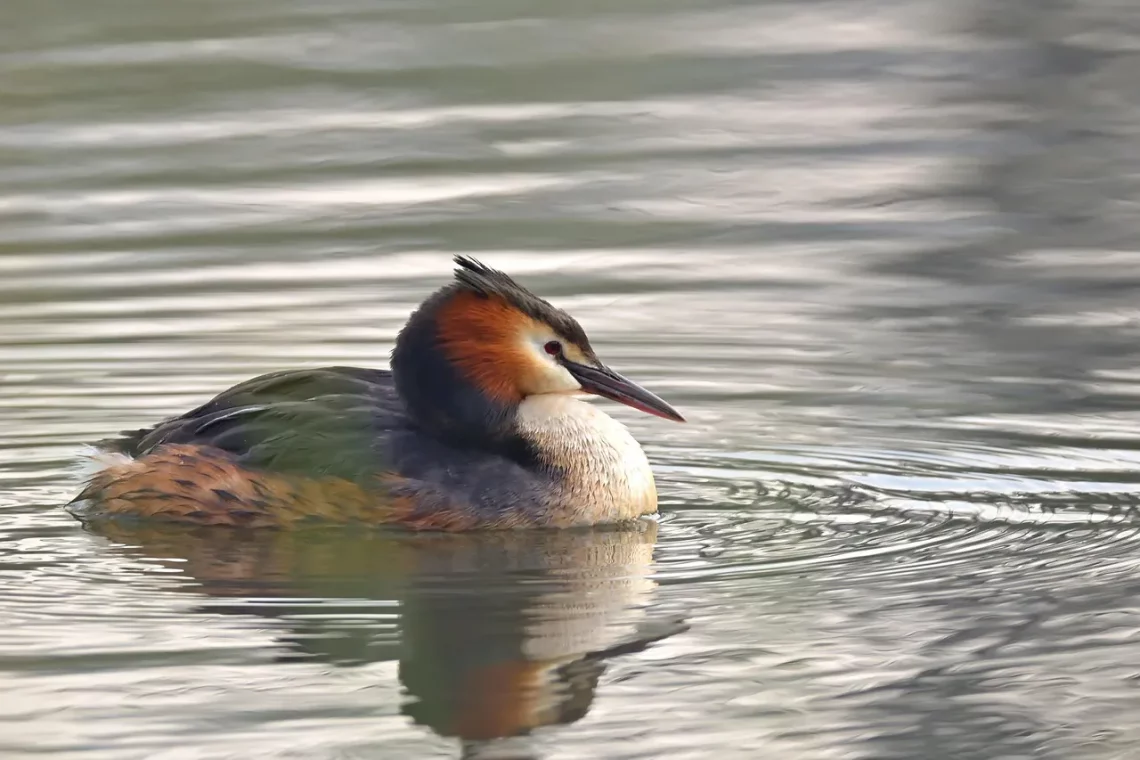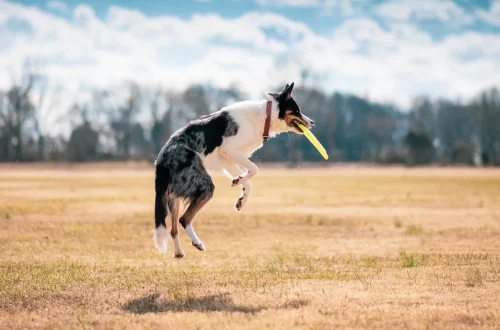
The Best Bird Feeders for Attracting Small Birds to Your Garden
Attracting small birds to your garden can transform your outdoor space into a lively sanctuary filled with color and song. These delightful creatures bring joy and a sense of tranquility, making your garden a more inviting place to unwind. To successfully invite these feathered friends, selecting the right bird feeder is crucial. The right feeder not only provides nourishment but also creates a safe haven where birds can feel secure while they feed.
Understanding the specific needs of small birds is essential, as they often prefer particular types of food and feeding environments. Small birds, such as finches, chickadees, and sparrows, have diverse dietary preferences and unique behaviors that influence their feeding habits. By catering to these preferences, you can create an environment that attracts them consistently.
Moreover, the positioning of your bird feeders plays a significant role in attracting small birds. Factors like visibility, safety from predators, and proximity to natural cover can greatly impact the success of your feeding stations. As you explore the various options available, consider not only the types of feeders but also the best locations to place them in your garden.
In this article, we will delve into the best bird feeders that will entice small birds to visit your garden, ensuring you enjoy their presence throughout the seasons.
Types of Bird Feeders for Small Birds
When it comes to attracting small birds, the type of feeder you choose is paramount. Different feeders cater to various feeding styles, and understanding these can significantly enhance your chances of attracting a diverse range of species.
One popular type of feeder is the tube feeder. These feeders are designed to hold a variety of seeds, typically sunflower seeds or nyjer seeds, which are favorites among many small birds. Tube feeders often feature small feeding ports that allow the birds to perch comfortably while they eat. This design minimizes seed wastage and protects the seeds from the elements, making them an excellent choice for year-round feeding.
Another effective option is the platform feeder. This type of feeder offers a flat surface where seeds are scattered, allowing multiple birds to feed simultaneously. Platform feeders are especially appealing to ground-feeding birds like sparrows and juncos. They can be placed on poles or hung from branches, providing flexibility in your garden setup.
Hopper feeders are also worth considering. These feeders resemble a small house with a sloped roof, allowing seeds to flow down as they are consumed. They can attract a variety of small birds, including finches and titmice. Hopper feeders are typically larger and can hold more seed, reducing the frequency of refills.
Finally, suet feeders can be a game-changer for attracting small birds, especially during colder months. Suet is a high-energy food that provides essential fats and proteins, making it an ideal choice for birds like woodpeckers and nuthatches. Suet feeders come in various designs, from mesh bags to block-style feeders, and can be hung or mounted in your garden.
By selecting a variety of feeder types, you can cater to the different preferences of small birds, ensuring a bustling atmosphere in your garden.
Best Seeds for Attracting Small Birds
Providing the right food is crucial for attracting small birds to your garden. Different species have varying dietary preferences, and offering a diverse selection of seeds can enhance your chances of drawing them in.
Sunflower seeds are a top choice for many small birds. Both black oil and striped sunflower seeds are popular among finches, chickadees, and sparrows. Black oil sunflower seeds have a thinner shell, making them easier for smaller birds to crack open. In contrast, striped sunflower seeds are larger and may attract slightly bigger birds as well.
Nyjer seeds, also known as thistle seeds, are another excellent option for attracting small birds. Goldfinches, siskins, and other finches adore these tiny seeds. Using a tube feeder specifically designed for nyjer seeds can ensure that these birds find their favorite food easily.
Millet is another seed variety that small birds enjoy, particularly mourning doves and juncos. Offering millet in platform feeders can attract these ground-feeding species, as they prefer to forage for their food.
If you want to cater to a wider range of birds, consider mixed seed blends. These blends often contain a combination of sunflower seeds, millet, corn, and other seeds, appealing to various species. However, be cautious when choosing mixed seeds, as some blends may contain fillers that many birds won’t eat. Always opt for high-quality seed blends to ensure your feathered friends get the nutrition they need.
In addition to seeds, consider incorporating suet into your feeding regimen, especially during colder months. Suet provides essential fats that help birds maintain their energy levels and stay warm.
By offering a variety of seeds and foods, you can create an inviting environment that meets the diverse needs of small birds in your garden.
Placement Tips for Your Bird Feeders
The placement of your bird feeders can significantly influence their effectiveness in attracting small birds. Strategic positioning can ensure that your feeders are easily accessible while providing safety from predators.
Firstly, consider visibility. Placing feeders in open areas allows birds to spot them more easily. However, it’s essential to balance visibility with safety. Small birds are vulnerable to predators, such as cats and hawks. To address this, place feeders near natural cover, such as shrubs or trees, where birds can quickly retreat if they sense danger.
Height also matters. Hanging feeders at varying heights can attract different species. Tube feeders can be hung higher up to appeal to finches and chickadees, while platform feeders can be placed closer to the ground for ground-feeding birds like sparrows.
Additionally, avoid placing feeders directly next to windows, as birds can collide with glass. If possible, position feeders at least 30 feet away from windows or install window decals to reduce the risk of window strikes.
Regularly observing your garden will help you identify the best locations for your feeders. Note which feeders attract the most activity and adjust their positions accordingly.
Lastly, consider the feeder’s accessibility for refilling and cleaning. Place feeders in locations that are convenient for you to maintain, ensuring that they remain clean and stocked with fresh food.
By paying attention to the placement of your bird feeders, you can create a welcoming environment that encourages small birds to visit your garden regularly.
Maintaining Your Bird Feeders for Optimal Use
Proper maintenance of your bird feeders is essential to ensure they remain effective and safe for your feathered visitors. Regular cleaning and upkeep can also prolong the life of your feeders, making your investment last longer.
Start by cleaning your feeders regularly, ideally every two weeks. Use a mixture of hot water and mild soap to scrub away any residue and prevent mold growth. Rinse thoroughly to remove any soap residue, as this can be harmful to birds. For tube feeders, ensure that the feeding ports are clear and free from clogs, allowing birds to access the food easily.
Consider rotating your feeders to prevent the buildup of waste and debris beneath them. Uneaten seeds can attract pests and lead to the spread of diseases among birds. By moving feeders periodically, you can maintain a cleaner feeding area and encourage birds to explore different parts of your garden.
During the winter months, it’s particularly important to keep feeders stocked and clean, as food sources can be scarce for birds. Regularly check for any signs of spoilage or mold in the seed and replace it as needed.
Additionally, be mindful of the types of food you offer. Fresh seeds will attract more birds and ensure they receive the nutrition they need. Avoid purchasing bulk seeds unless you can use them quickly, as they may go stale or spoil before you can use them.
Lastly, consider investing in high-quality feeders made from durable materials. Cheaper feeders may not withstand the elements and can break or warp over time, leading to a waste of your investment.
By maintaining your bird feeders properly, you can create a reliable feeding station that small birds will return to again and again, enhancing your garden’s charm and liveliness.
In conclusion, attracting small birds to your garden is a rewarding endeavor that requires careful consideration of feeder types, food options, placement, and maintenance. By creating an inviting environment, you can enjoy the beauty and joy that these delightful creatures bring to your outdoor space.




